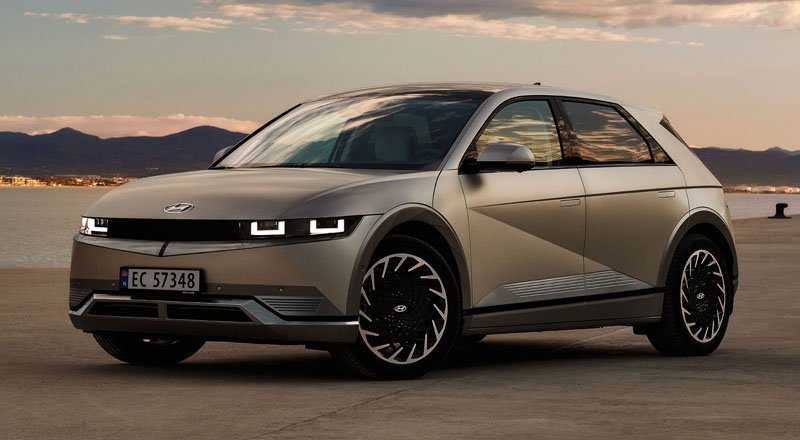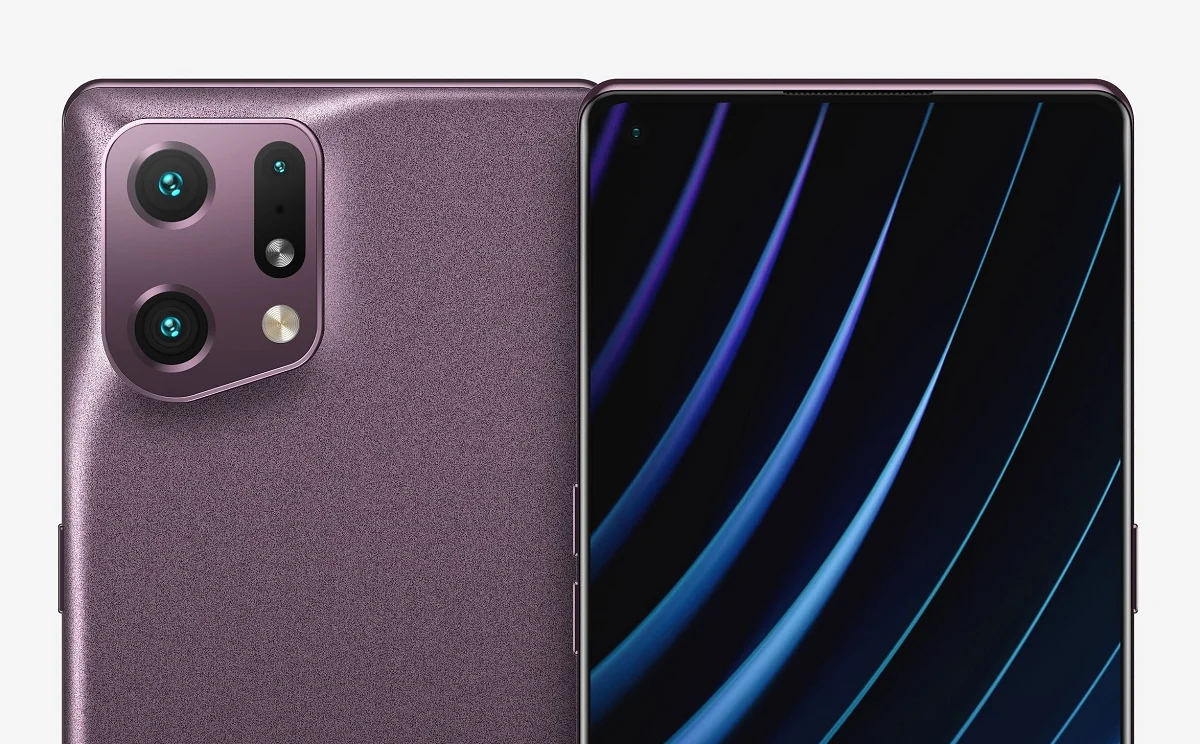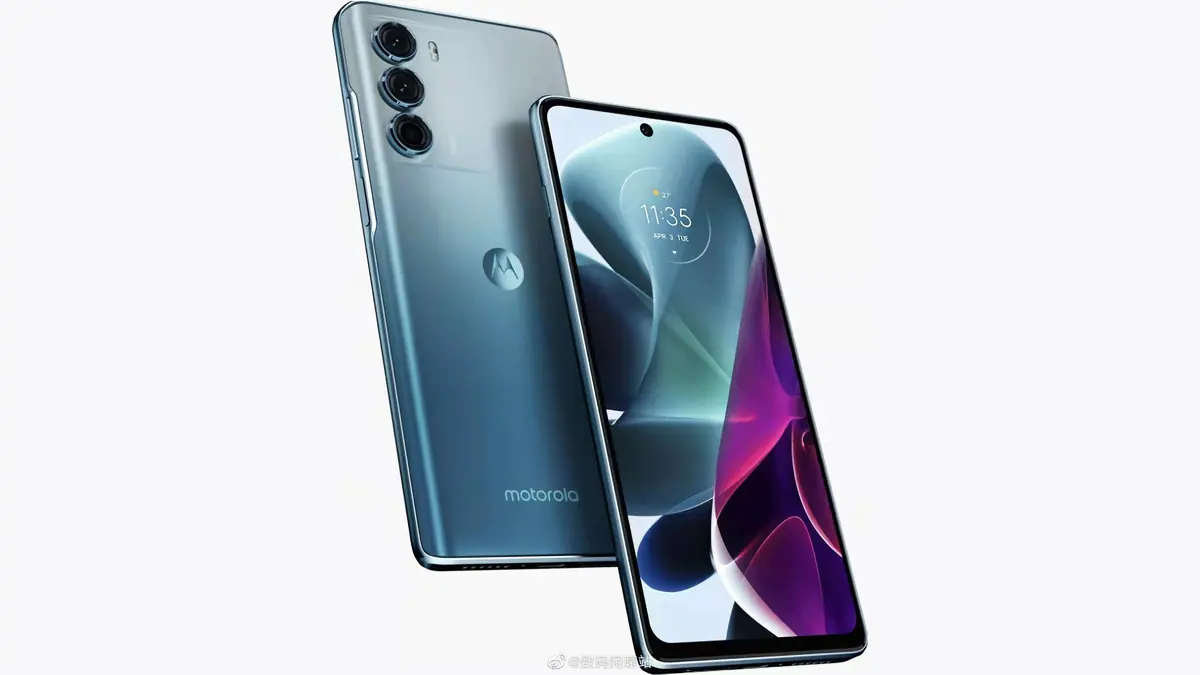The iPhone 16 is here. Punctual. As it is every year on these dates. And once again the leaks have emerged. The news in terms of design and technical features is average as we expected, but what interests us in this article photographic featuresand we have many interesting innovations in this area worth investigating.
Before we get into trouble, it’s worth remembering that last year, the iPhone 15 and 15 Plus opted for a 48-megapixel sensor for their main camera, compared to the 12-megapixel sensor on the iPhone 14 and 14 Plus. The iPhone 15 Pro and Pro Max came with the A17 Pro SoC, the first chip produced by Taiwanese company TSMC using 3nm extreme ultraviolet (UVE) lithography. Now it’s the iPhone 16’s turn. Apple’s new phones are offering us that.
iPhone 16, Plus, Pro and Pro Max: specifications
|
|
iphone 16 / 16 plus
|
iphone 16 pro
|
iphone 16 pro max
|
|
screen
|
6.1-inch Super Retina XDR OLED (2,556 x 1,179 dots), 2,000,000:1, up to 2,000 nits outdoor up to 2,000 nits outdoor
|
6.3 inch Super Retina
|
6.9 inch Super Retina
|
|
processor
|
A18
6 core CPU (2 high performance and 4 high efficiency)
5 core GPU
16 core Neural Engine
|
A18 Pro
6 core CPU (2 high performance and 4 high efficiency)
6 core GPU
16 core Neural Engine
|
A18 Pro
6 core CPU (2 high performance and 4 high efficiency)
6 core GPU
16 core Neural Engine
|
|
secondary storage
|
128, 256 and 512GB
|
128, 256, 512GB and 1TB
|
256, 512GB and 1TB
|
|
front camera
|
12 megapixel sensor, f/1.9 aperture optics, Deep Fusion, Photonic Engine, Smart HDR 5 and Dolby Vision with up to 4K HDR video recording at 60 FPS
|
12 megapixel sensor, f/1.9 aperture optics, Deep Fusion, Photonic Engine, Smart HDR 5 and Dolby Vision with up to 4K HDR video recording at 120 FPS
|
12 megapixel sensor, f/1.9 aperture optics, Deep Fusion, Photonic Engine, Smart HDR 5 and Dolby Vision with up to 4K HDR video recording at 120 FPS
|
|
Rear cameras
|
- Main: 48-megapixel sensor, f/1.6 aperture optics, and sensor-shift optical stabilization
- Telephoto lens: 12 megapixels, f/1.6 aperture, and x2 zoom (uses main camera)
- Ultra-wide angle: 12-megapixel sensor, f/2.2 aperture optics, and 120-degree field of view
|
- Main: 48-megapixel sensor, f/1.78 aperture optics and optical stabilization by shifting the second-generation sensor
- Ultra-wide: 48-megapixel sensor, f/2.2 aperture optics, and 120-degree field of view
- 2x telephoto lens: 12-megapixel sensor (quad pixel), f/1.6 aperture optics and optical stabilization by shifting the second-generation sensor
- 5x telephoto lens: 12-megapixel sensor, f/2.8 aperture optics, and 3D sensor-shift optical stabilization
|
- Main: 48-megapixel sensor, f/1.78 aperture optics, and optical stabilization by shifting the second-generation sensor
- Ultra-wide: 48-megapixel sensor, f/2.2 aperture optics, and 120-degree field of view
- 2x telephoto lens: 12-megapixel sensor (quad pixel), f/1.6 aperture optics and optical stabilization by shifting the second-generation sensor
- 5x telephoto lens: 12-megapixel sensor, f/2.8 aperture optics, and 3D sensor-shift optical stabilization
|
|
operating system
|
iOS 18
|
iOS 18
|
iOS 18
|
|
battery
|
Up to 22 hours of video playback / Up to 27 hours of video playback
|
Up to 27 hours of video playback
|
Up to 33 hours of video playback
|
|
geolocation
|
GPS, GLONASS, Galileo, QZSS and BeiDou
|
GPS, GLONASS, Galileo, QZSS and BeiDou
|
GPS, GLONASS, Galileo, QZSS and BeiDou
|
|
connection
|
USB-C (USB 2)
|
USB-C (USB 3)
|
USB-C (USB 3)
|
|
wireless connection
|
5G
LTE
Wireless 7
Bluetooth 5.3
NFC
|
5G
LTE
Wireless 7
Bluetooth 5.3
NFC
|
5G
LTE
Wireless 7
Bluetooth 5.3
NFC
|
|
sensors
|
Face ID, barometer, gyroscope, accelerometer, proximity sensor, and dual ambient light sensors
|
Face ID, LiDAR, barometer, gyroscope, accelerometer, proximity sensor, and dual ambient light sensors
|
Face ID, LiDAR, barometer, gyroscope, accelerometer, proximity sensor, and dual ambient light sensors
|
|
durability
|
IP68
|
IP68
|
IP68
|
|
colors
|
Black, white, pink, turquoise and navy blue
|
Black titanium, white titanium, natural titanium and desert titanium
|
Black titanium, white titanium, natural titanium and desert titanium
|
|
dimensions
|
147.6×71.6×7.8mm / 160.9×77.8×7.8mm
|
149.6×71.5×8.3mm
|
163×77.6×8.3mm
|
|
weight
|
170g/199g
|
199g
|
227g
|
|
price
|
Prices starting from 959 Euros
|
Prices starting from 1,219 Euros
|
Prices starting from 1,469 Euros
|
iPhone 16 Pro and Pro Max aim high
I suggest you start by examining the cameras of the four new phones that Apple has introduced. The front camera, which the Cupertinos call TrueDepth, is essentially the same as the four versions of the iPhone 16. It includes a 12-megapixel sensor that works with an optic with an f/1.9 aperture. All of its features are the same except for one that should not be overlooked. While the maximum speed of this camera while recording Dolby Vision video in 4K is 60 FPS on the iPhone 16 and 16 Plus, it reaches 120 FPS on the iPhone 16 Pro and Pro Max.
The iPhone 16 and 16 Plus offer us a rear module with two physical cameras
On the other hand, the iPhone 16 and 16 Plus offer us a rear module with two cameras. The main bet is on a 48 megapixel sensor that works hand in hand with an optic with f / 1.6 aperture. optical stabilization by sensor shift. The second camera includes an optic with an ultra-wide angle, 12 megapixel sensor and f / 2.2 aperture. So far nothing remarkable. But there is something else: these two phones also offer us a 2x telephoto lens using the hardware of the main camera, but yes, when using it the resolution drops to 12 megapixels. We are interested in taking it into account.
Now let’s continue with the iPhone 16 Pro and Pro Max. The rear cameras of these two smartphones are the same. The main unit uses a 48-megapixel sensor that works with an optic with an aperture of f/1.78. According to Apple, optical stabilization is implemented as follows: second generation sensor relocationThe ultra-wide camera, on the other hand, offers us a 48-megapixel sensor that works with an optic with an aperture of f/2.2. An interesting note: the ultra-wide angle of the iPhone 15 Pro and Pro Max includes a 12-megapixel sensor, so the resolution of this camera has increased significantly.
It will be interesting to see what kind of quality the iPhone 16 Pro and Pro Max will provide us when we take a deeper look at their telephoto lenses.
The third unit is a 2x telephoto lens. Opt for a 12 megapixel sensor paired with an f / 1.6 aperture optic. When we have the opportunity to analyze these mobiles in depth, it will be interesting to check their image quality. And finally, the 5x telephoto lens has a 12 megapixel sensor paired with an f / 2.8 aperture optic. The stabilization of this last camera is achieved by moving the sensor in 3D. We will see how Apple has solved taking photos with this hardware when we test the new iPhone 16 Pro and Pro Max. The competition is tight in this shooting scenario. And a lot.
‘Camera control’ gives us a new way to take photos with the iPhone 16
This is really great news regarding the new Apple smartphones. The four iPhone 16 that Cupertino has just presented have a tactile response touch key on the right side, under the power button, that aims to completely renew the way we take pictures with these mobile phones. This key is protected by sapphire crystal and, according to Apple, is able to accurately distinguish between a full press and a light press. We will check it when we analyze these smartphones.
In any case, the interesting thing is that this touch key allows us to access many camera functions without interacting directly with the mobile screen. A light press shows us a preview of the photo we are about to take. And a full press shot. But this key It also allows us to take action. zoomas well as many other functions. It’s hard to get a definitive idea about the experience it offers us without trying it, but there’s no doubt that Apple has made an innovation here. Let’s see how this game will be? Finally, one more note: Other apps like Snapchat also use the ‘Camera Control’ feature.
At Xataka | The new iPhone SE will bid farewell to the formula of ‘the design of the past, the power of today’: According to Gurman, this will change
On Xataka | The App Store now allows publishing gaming apps, but Microsoft refuses to launch Xbox Cloud Gaming because of it















